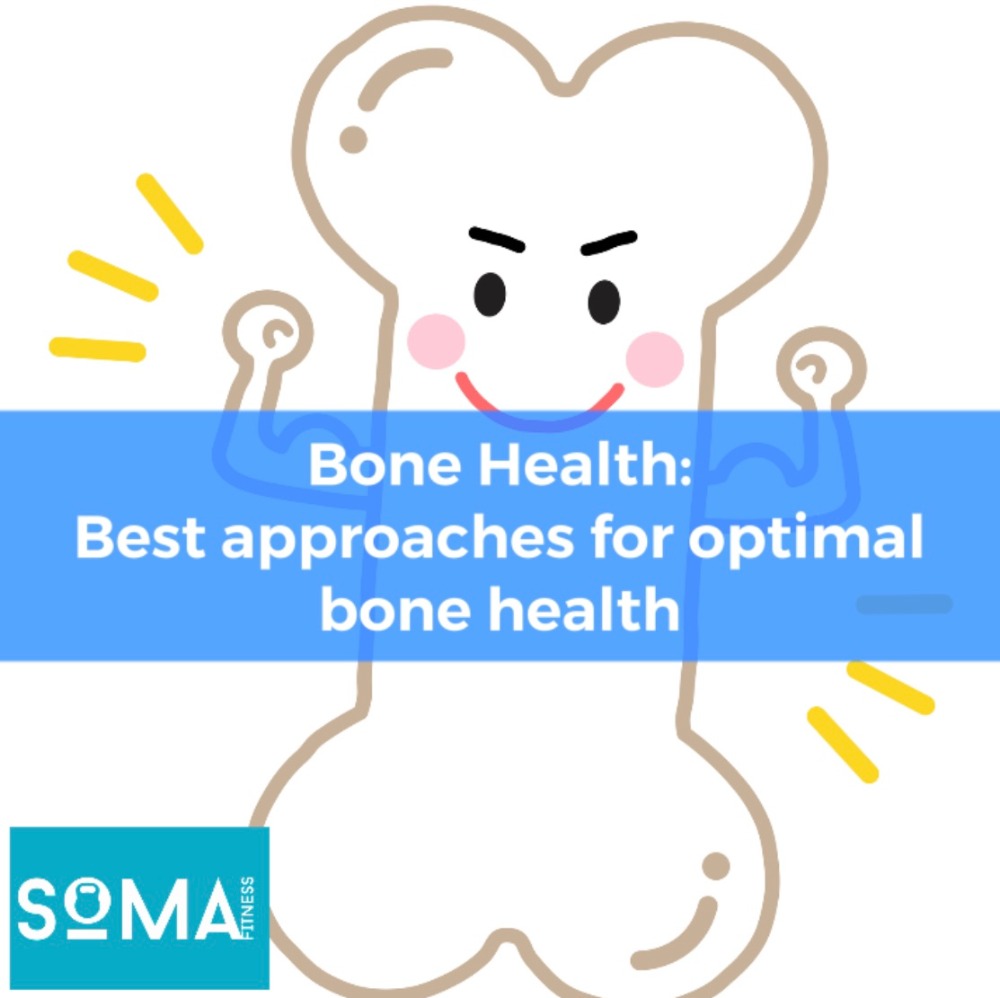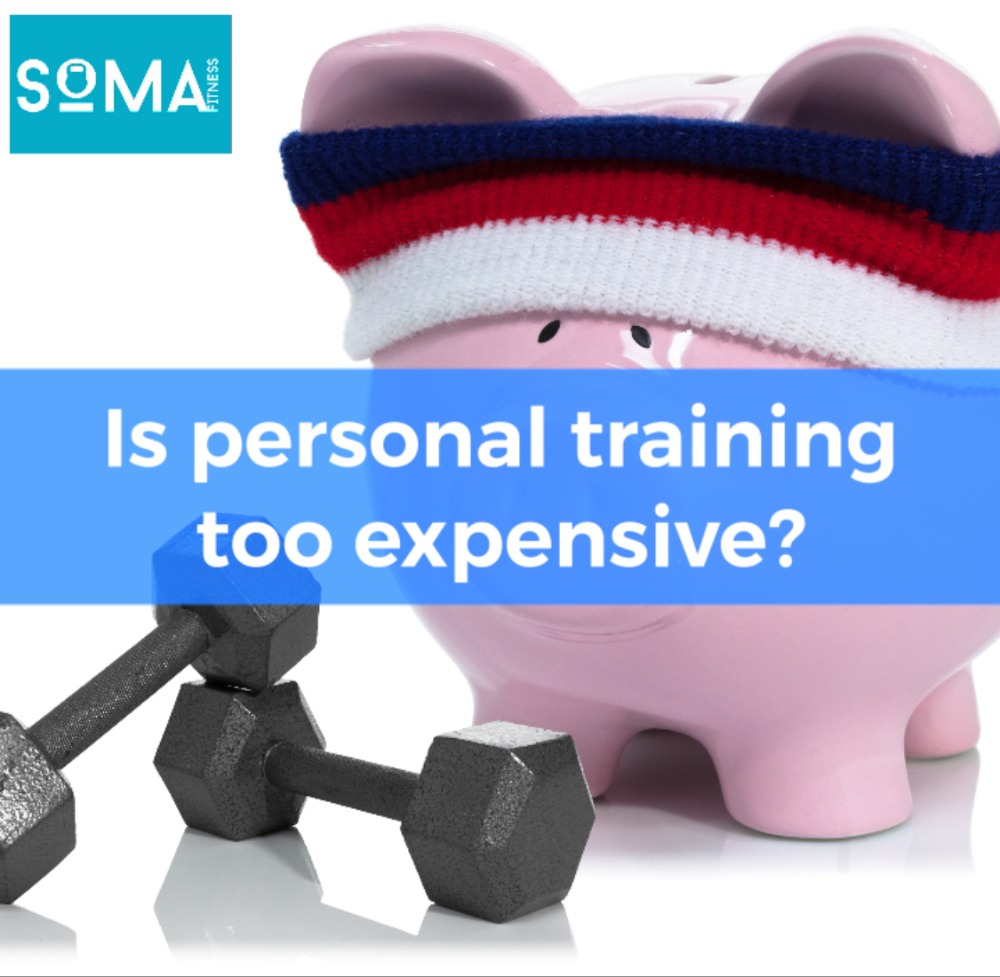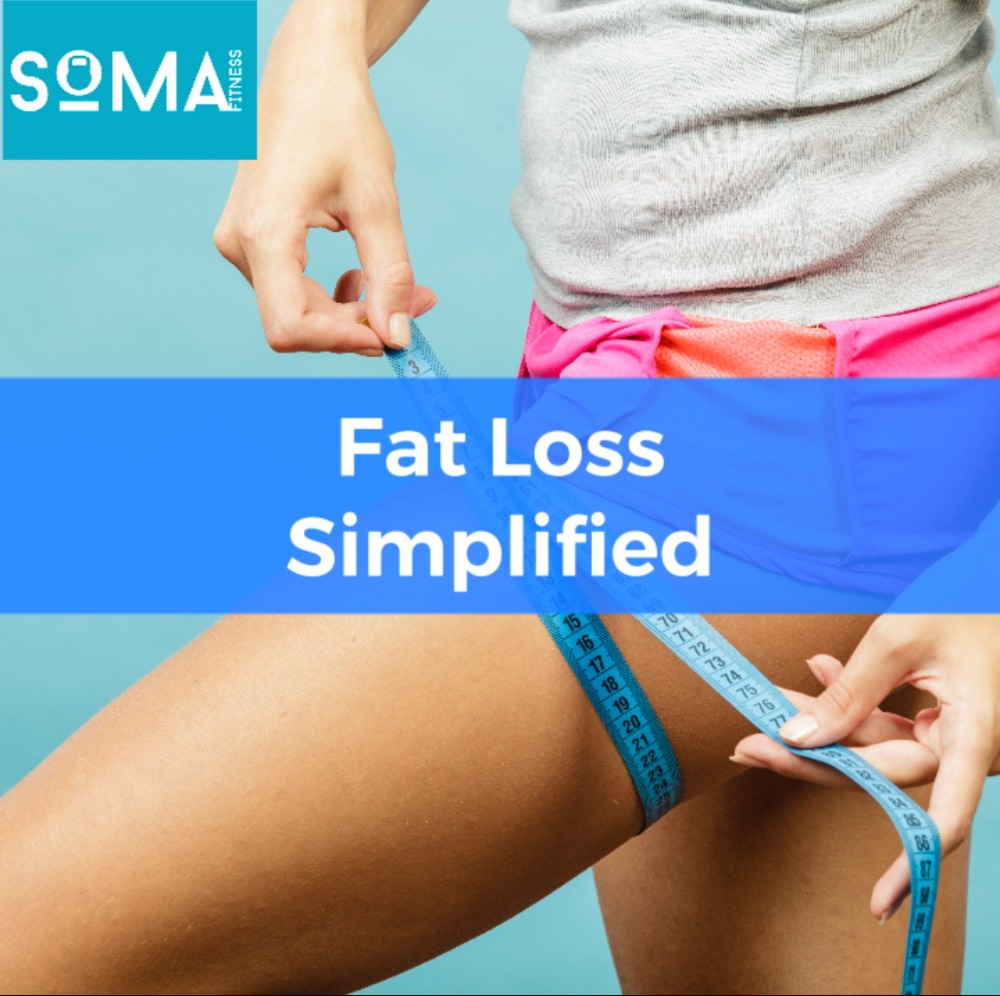Bone Health: Best Approaches for Optimal Bone Health

Bone strength is vital for maintaining overall health and preventing debilitating conditions like osteoporosis. While genetics play a significant role in bone health, there are several evidence-based approaches to improve bone strength and reduce the risk of fractures.
In this article, we will dive into scientifically supported methods to enhance bone health.
Resistance Training:
Resistance training, also known as weight-bearing or strength training, is a cornerstone for improving bone strength. Studies consistently demonstrate its positive impact on bone mineral density (BMD) and overall bone health. Weightlifting, bodyweight exercises, and resistance machines are effective means of applying mechanical stress to bones, stimulating bone formation and remodelling. Aim for two to three sessions per week, focusing on exercises targeting major muscle groups. As a personal training facility we are constantly encouraging our clients who are in the over 50s populations to continue with their resistance training in a safe and effective manner.
Some interesting statistics:
-According to a 2019 study in Acta Orthopaedica, the one-year mortality after a hip fracture is 21% for those whose fracture is surgically repaired. If the fracture is not repaired, the one-year mortality is about 70%.
–One in three adults aged 50 and over dies within 12 months of suffering a hip fracture. Older adults have a five-to-eight times higher risk of dying within the first three months of a hip fracture compared to those without a hip fracture. This increased risk of death remains for almost ten years.
This can be prevented with a simple resistance training program 2-3 times per week, contact us to find out more how you can receive expert guidance from our coaches and we can work with you 1-1 in person in our private gym, or remotely online.
High-Impact Exercises:
High-impact activities, such as jumping, skipping, running, and dancing, subject bones to greater gravitational forces, leading to improved bone density. Research indicates that these activities stimulate bone growth and enhance bone mineralisation. However, individuals with existing joint issues or replacements should consult a engaging in high-impact exercises. Within your personal training facility we have a number of clients with hip and knee replacement. Due to these conditions it would be advised that you focus more on resistance training.
Adequate Calcium Intake:
Calcium is a vital nutrient for bone health as it contributes to bone mineralisation. Ensure you consume an adequate amount of calcium-rich foods, such as dairy products, leafy green vegetables, . The recommended daily intake for adults is around 1000-1200 mg of calcium, depending on age and gender. Calcium supplements may be necessary for those unable to meet their requirements through diet alone.
Foods with the highest calcium content per 100g:
Dairy Products:
- Milk (cow’s, goat’s, or sheep’s milk) – 120 mg
- Yogurt (plain or Greek) – 110-150 mg
- Cheese (cheddar, mozzarella, Swiss, etc.) – 700-1100 mg
- Cottage cheese – 83 mg
Fish:
- Sardines (canned, with bones) – 382 mg
- Salmon (canned, with bones) – 215 mg
- Canned fish with edible bones (such as anchovies) – varies by type, around 200-300 mg
Leafy Green Vegetables:
- Kale – 150 mg
- Spinach – 99 mg
- Collard greens – 145 mg
- Turnip greens – 190 mg
- Mustard greens – 115 mg
Nuts and Seeds:
- Almonds – 264 mg
- Sesame seeds – 975 mg
- Chia seeds – 631 mg
- Brazil nuts – 160 mg
Legumes:
- White beans – 175 mg
- Navy beans – 140 mg
- Chickpeas (garbanzo beans) – 49 mg
- Black-eyed peas – 35 mg
Fortified Foods:
- Fortified orange juice – varies by brand, around 30-50 mg
- Fortified plant-based milk alternatives (such as almond milk, oat milk, etc.) – varies by brand, around 120-300 mg
Other Sources:
- Broccoli – 47 mg
- Edamame – 63 mg
- Figs (dried) – 162 mg
- Amaranth – 159 mg
- Quinoa – 31 mg
Sufficient Vitamin D Levels:
Vitamin D is essential for optimal calcium absorption and utilisation. It aids in regulating bone mineralization and maintaining calcium balance. Sunlight exposure triggers vitamin D synthesis in the skin, but it can be challenging to obtain adequate levels solely through sunlight especially for our clients who reside in sunny Manchester. Consider consuming vitamin D-rich foods like fatty fish, fortified dairy products, and egg yolks. In some cases, supplements may be necessary, especially for individuals with limited sun exposure, especially black and Asian communities living in locations with limited sun exposure or certain medical conditions.
Vitamin K2:
Vitamin K2 is a lesser-known but crucial nutrient for bone health. It plays a vital role in activating proteins involved in bone mineralization and preventing calcium from depositing in arteries and soft tissues. Good food sources of vitamin K2 include fermented foods like natto (fermented soybeans), sauerkraut, and certain types of cheese, particularly aged and hard cheeses. Including these foods in your diet can help ensure adequate intake of vitamin K2 for optimal bone health.
Balanced Diet:
A well-rounded, balanced diet is crucial for bone health. In addition to calcium, vitamin D, and vitamin K2, ensure you consume adequate amounts of other bone-supporting nutrients, including magnesium, phosphorus, and potassium. Fruits, vegetables, whole grains, lean proteins, and healthy fats should be the foundation of your diet as they provide a variety of nutrients necessary for optimal bone health.
Alcohol and Smoking:
Certain lifestyle choices can negatively impact bone health. Avoid excessive alcohol consumption, as it interferes with calcium absorption and affects bone remodelling. Smoking is also detrimental to bone health, as it hampers bone formation and reduces estrogen levels in women, leading to accelerated bone loss. Minimizing or eliminating these factors is essential for maintaining healthy bones.










Recent Comments